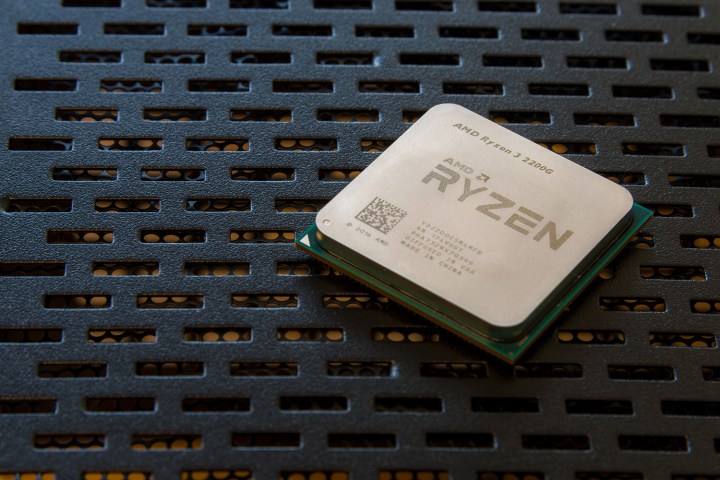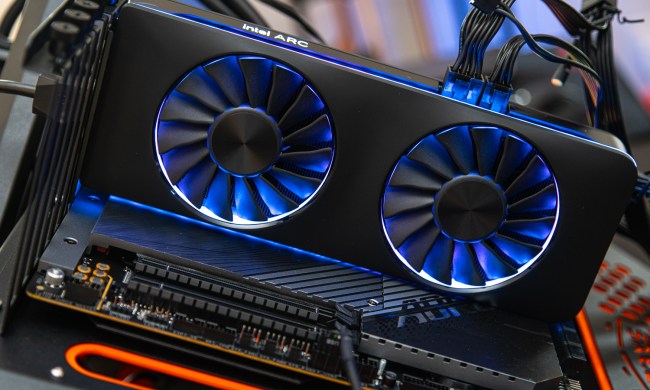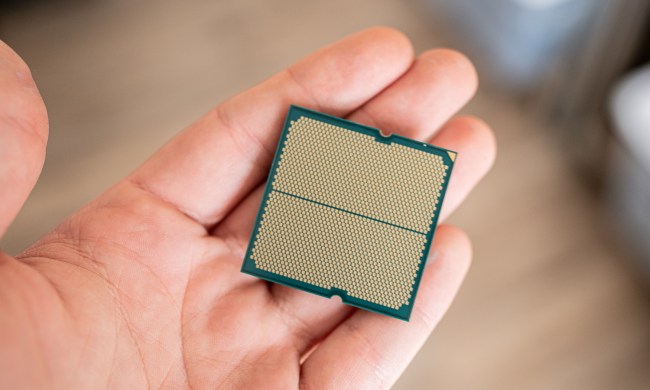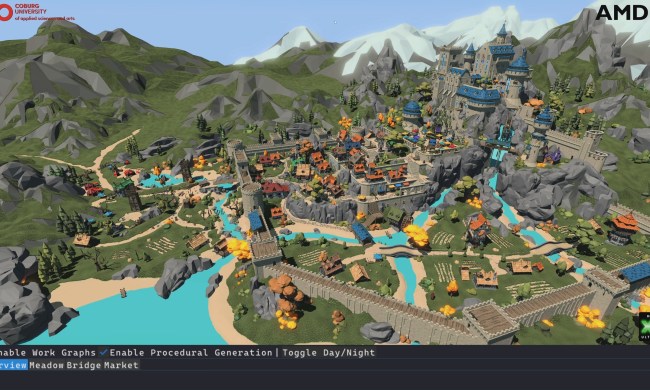
DirectX ray tracing is a new technology co-developed by Microsoft which holds big promise for creating a more life-like gaming experience, but not every graphics card maker may be equipped for it just yet. Although Nvidia already supports the tech on its high-end new GeForce Turning series of chips, AMD has now hinted it doesn’t feel like ray tracing will be ready until it comes to all level of graphics cards.
In an interview with gaming site 4Gamer, David Wang, senior vice president of engineering for Radeon Technologies Group, mentioned that, while AMD can support DirectX ray tracing, it currently has no plans to do so. Instead, Wang pointed to AMD’s own Radeon ProRender technology which enables similar gaming enhancements for developers, but for free. Wang also mentioned the need for ray tracing to reach out to both cheap and expensive graphics cards, before taking it seriously.
“For the time being, AMD will definitely respond to direct ray tracing … for the moment we will focus on promoting the speed-up of offline CG production environments centered on AMD’s Radeon ProRender, which is offered free of charge … utilization of
Though the interview obviously doesn’t hint at new AMD products, it gives hope that low-end graphics cards might one day support ray tracing once it eventually catches on with most consumers. In this case, it also basically means AMD can instead sit and watch as Nvidia develops the technology.
Ray tracing is still relatively new and isn’t even yet supported on stable public versions Windows 10. Microsoft has yet to push out the Windows 10 October 2018 Update, which is set to enable the feature on graphics cards and in games like Battlefield 5
This is all a big enough win for Nvidia and those with big pockets who are buying the new RTX 20-series cards, such as the RTX 2080 Ti, RTX 2080, and RTX 2070. For now, it looks like only these high-end graphics cards will support ray tracing. The year 2020 and beyond could likely bring more



